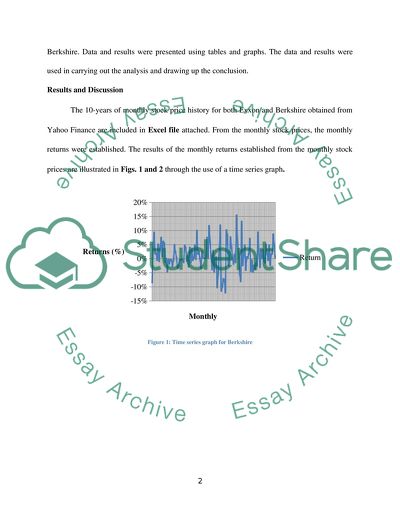Cite this document
(“Security Analysis and Portfolio Management Essay - 2”, n.d.)
Security Analysis and Portfolio Management Essay - 2. Retrieved from https://studentshare.org/finance-accounting/1620302-security-analysis-and-portfolio-management
Security Analysis and Portfolio Management Essay - 2. Retrieved from https://studentshare.org/finance-accounting/1620302-security-analysis-and-portfolio-management
(Security Analysis and Portfolio Management Essay - 2)
Security Analysis and Portfolio Management Essay - 2. https://studentshare.org/finance-accounting/1620302-security-analysis-and-portfolio-management.
Security Analysis and Portfolio Management Essay - 2. https://studentshare.org/finance-accounting/1620302-security-analysis-and-portfolio-management.
“Security Analysis and Portfolio Management Essay - 2”, n.d. https://studentshare.org/finance-accounting/1620302-security-analysis-and-portfolio-management.


